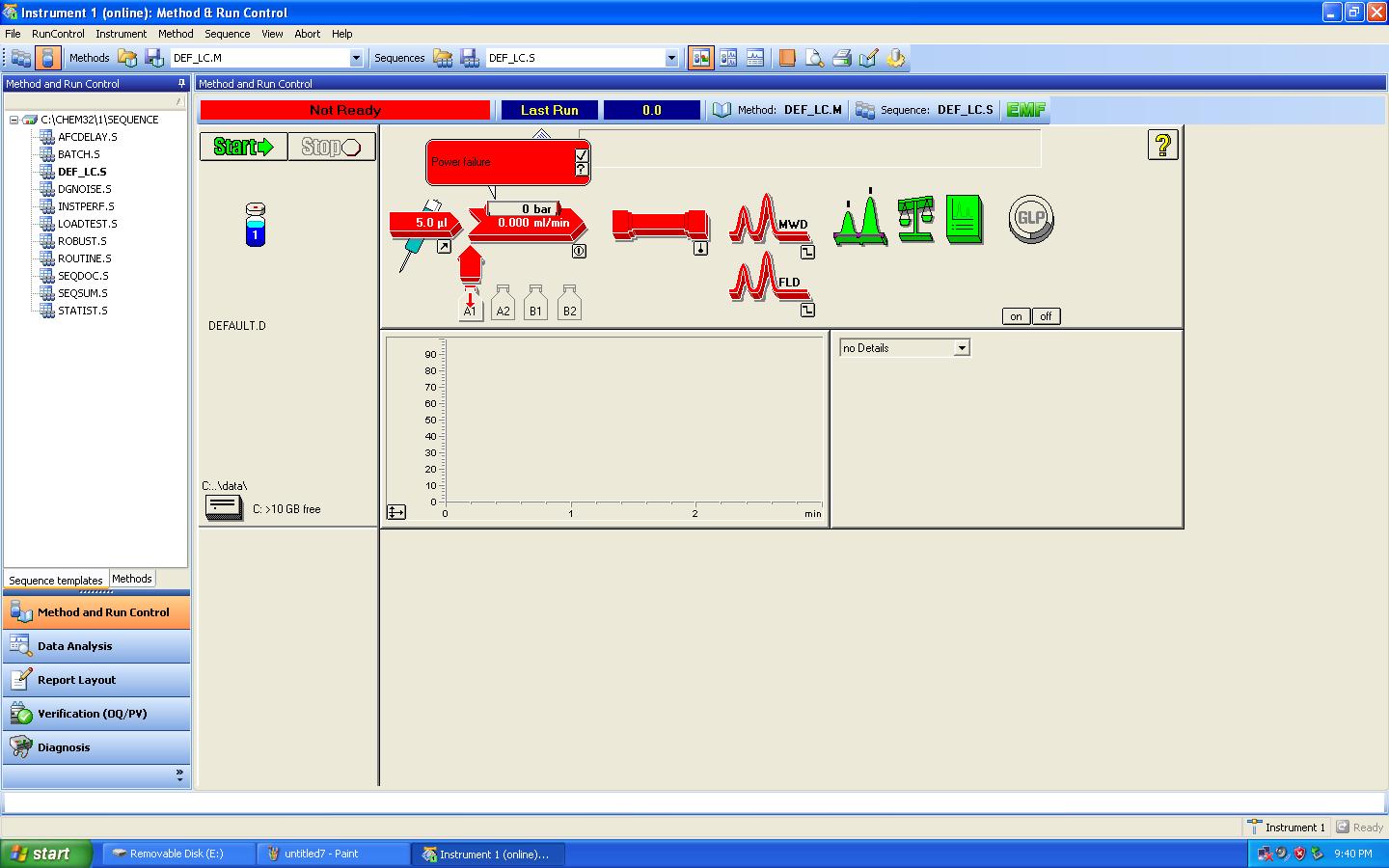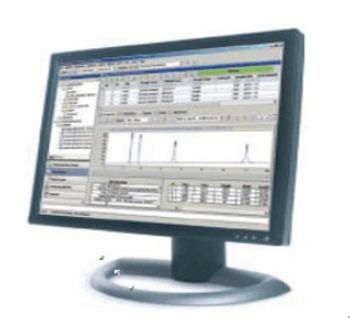

To get the data away from chemstation as fast as possible. I have had some success reverse engineering the existing macros (chemstation seems to run entirely on macros). I have found documentation lacking on it, and I have no time to take a class. I am not an expert in the macro language. Anyway, I might be able to help with more information about your system. Is anyone aware of a method/software to process data after acquisition which comes to a reasonable cost Unfortunately, Philip Wenigs OpenChrom does not deal with FID data yet, so it is not an option to me.
#AGILENT CHEMSTATION DATA PROCESSING SOFTWARE#
As per our licence, the software can be used only on the PCs controlling the machines to process data theres an infinite waiting list. Now you have power and manipulate the data in any direction imaginable. We have Agilent machines, and ChemStation installed. Now you can share, import, and export your gas chromatography (GC) and GC-Mass Spec (GC/MS) data files easily without worrying about file incompatibilities. View chromatograms, spectra, and header metadata.

Better to import the csv file into a database. Translate between various MS and GC/MS file formats. This can be formatted any way Excel is capable. At this point, one can simply create an Excel sheet that uses the csv file as it's datasource. Opened in Excel, or in my case I use an XLS to CSV converter and parse out all of the _ in the CRD file. In MSD Chemstation's data analysis program you can create a custom report which allows you to generate a CRD file which can be 3.2 Agilent Chemstation: create subset NIST library.
#AGILENT CHEMSTATION DATA PROCESSING SERIES#
I have a set up where every time my GC\MS runs, chemstation runs a series of macros that basically exportĪll the data about the run into a MySQL DB, and execute a bunch of housecleaning stuff. A data processing software package to address these problems is required. location during the running of a sequence with Data Analysis.

Also, I have found it to be much more efficient to use chemstation's built in capabilities to export data and then manage the data in other ways. This chapter explains how the Agilent ChemStation exports the XML file to. My first question is which version of chemstation are you running? There is a difference between MSD Chemstation and Chemstation (i.e. We also show that there are no non-detects in PARADISe, meaning that all compounds are detected in all samples.I have faced situations where I have had to export data automated and routinely from chemstation software. PARADISe is based on non-proprietary scientifically evaluated approaches and we here show that PARADISe can handle more overlapping signals, lower signal-to-noise peaks and do so in a manner that requires only about an hours worth of work regardless of the number of samples.

In this paper, we compare PARADISe with AMDIS and ChromaTOF in terms of peak quantification and show that PARADISe is more robust to user-defined settings and that these are easier (and much fewer) to set. The method automatically performs peak identification based on deconvoluted mass spectra using integrated NIST search engine and generates an identification report. Furthermore, the method is generally robust towards minor variations in the input parameters. Using PARADISe requires only few inputs from the analyst to process GC–MS data and subsequently converts raw netCDF data files into a compiled peak table. It allows extraction of chemical/metabolite information directly from the raw data. It offers a solution for analysts dealing with complex chromatographic data. PARADISe is a computer platform independent freely available software incorporating a number of newly developed algorithms in a coherent framework. In this work, we demonstrate a new approach, PARAFAC2 based Deconvolution and Identification System (PARADISe), for processing raw GC–MS data. OpenLab ChemStation supports advanced features and workflows of Agilent GC and LC instruments with add-on software and provides flexibility for research and method development laboratories. Evaluation of GC–MS data may be challenging due to the high complexity of data including overlapped, embedded, retention time shifted and low S/N ratio peaks. What is OpenLab ChemStation OpenLab ChemStation is a chromatography data system with great flexibility for method development.


 0 kommentar(er)
0 kommentar(er)
